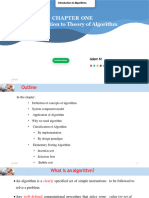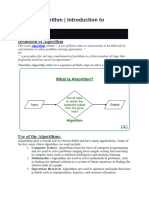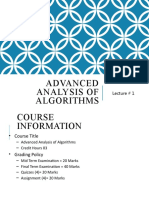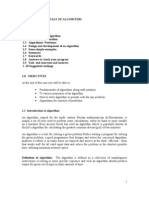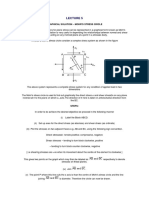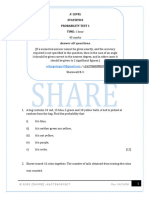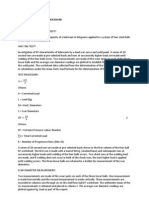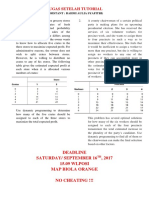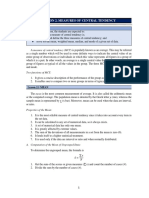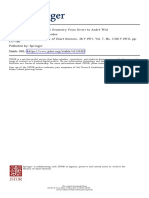0% found this document useful (0 votes)
32 views29 pagesLecture 1, DAA, Introduction, Algorithmic Structures
The document outlines the course 'Fundamentals of Algorithms' for Spring 2025, detailing the course objectives, grading policies, and the nature of algorithms. It defines algorithms as a sequence of instructions for problem-solving and discusses their historical context and properties. Additionally, it covers algorithm design principles, examples, and the relationship between algorithms and programming.
Uploaded by
The VeroCopyright
© © All Rights Reserved
We take content rights seriously. If you suspect this is your content, claim it here.
Available Formats
Download as PPTX, PDF, TXT or read online on Scribd
0% found this document useful (0 votes)
32 views29 pagesLecture 1, DAA, Introduction, Algorithmic Structures
The document outlines the course 'Fundamentals of Algorithms' for Spring 2025, detailing the course objectives, grading policies, and the nature of algorithms. It defines algorithms as a sequence of instructions for problem-solving and discusses their historical context and properties. Additionally, it covers algorithm design principles, examples, and the relationship between algorithms and programming.
Uploaded by
The VeroCopyright
© © All Rights Reserved
We take content rights seriously. If you suspect this is your content, claim it here.
Available Formats
Download as PPTX, PDF, TXT or read online on Scribd
/ 29






